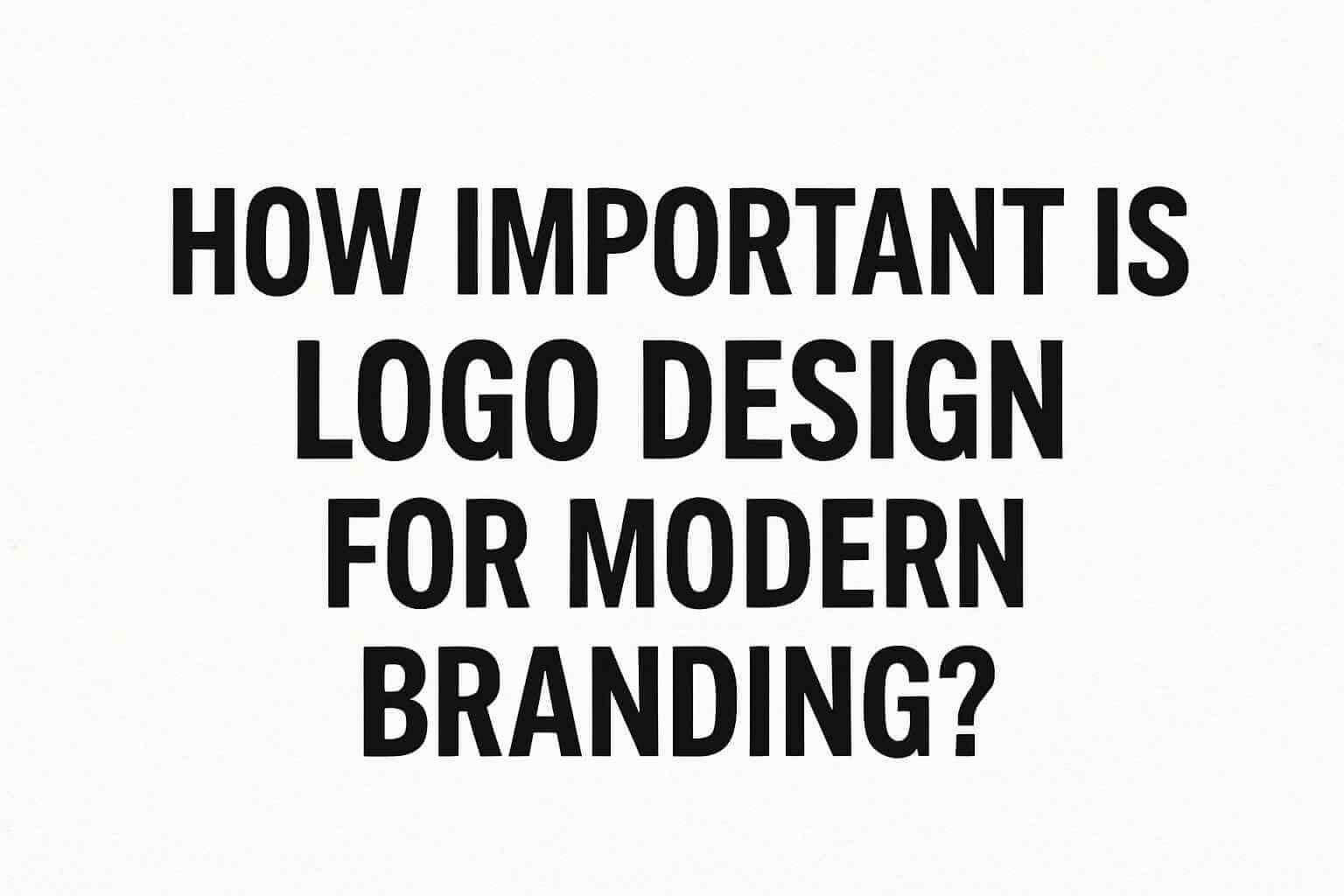

Every business, whether small or global, emphasizes branding as a cornerstone of its strategy. Many assume that the first step in branding is always creating a logo. While a logo represents identity, values, and often serves as a first impression, it is just one part of a much larger branding ecosystem. Other assets—tone of voice, website design, social media presence, packaging, and customer service—carry their own weight in shaping perception.
Think of a logo as the cover of a book: it can attract attention and hint at the story inside, but the substance comes from the content behind it. A strong logo can establish credibility, professionalism, and recognition quickly, but without cohesive brand messaging and experience across all touchpoints, its impact is limited. Logos are critical, but they should work in harmony with other brand elements to create a lasting impression.
Over the past decade, global logo design has undergone significant evolution. Some of the most noticeable shifts include:
Minimalism: Logos today favor clean shapes, simple typography, and uncluttered designs. This minimalistic approach makes logos instantly recognizable and adaptable across digital platforms.
Versatility: Modern logos are designed to work across multiple channels—from websites and social media to apps, packaging, and merchandise. A logo that looks great on a desktop may not work on a tiny mobile icon, so adaptability is crucial.
Adaptive and responsive designs: Many brands now develop modular logos that can be scaled, recolored, or simplified depending on context.
However, regional markets often demand nuance. While global trends offer inspiration, they shouldn’t replace local cultural understanding. A logo that ignores cultural context may feel generic or fail to resonate with audiences. For example, colors, patterns, and visual motifs that are meaningful in one culture may be neutral—or even off-putting—in another. Integrating cultural symbols thoughtfully ensures authenticity while still maintaining modern aesthetics.
Dubai has rapidly become a global center for creative design, particularly in logo design Dubai. Several factors contribute to this emergence:
Luxury meets modernity: Dubai’s status as a cosmopolitan hub attracts luxury brands and startups alike. There is a high expectation for sleek, polished visuals that communicate quality and prestige.
Cultural depth: Designers often draw inspiration from Arabic calligraphy, geometric patterns, and culturally significant color palettes, ensuring that logos are not only visually striking but also deeply meaningful.
Global relevance: Logos in Dubai often aim to be internationally legible while reflecting local identity. This balance between global and local creates designs that appeal to multiple audiences simultaneously.
What makes logo design Dubai unique is this ability to harmonize global trends with local cultural references. A logo can be modern and minimalistic while still preserving cultural resonance, resulting in designs that feel both contemporary and authentic.
One of the biggest debates in branding today is whether universal appeal should dominate or whether cultural authenticity should take priority. Dubai shows that the two can coexist effectively:
Stylized calligraphy: Arabic script can be modernized and simplified while maintaining cultural identity. This allows logos to feel contemporary without losing meaning.
Geometric patterns and symbolism: Traditional motifs can be integrated subtly, adding depth without cluttering the design.
Storytelling through visuals: Logos become more than identifiers—they tell stories about heritage, values, and vision.
For global brands entering culturally rich markets, respecting local traditions while maintaining a modern aesthetic can enhance authenticity and strengthen emotional connections with audiences. Dubai demonstrates that minimalism does not mean erasing culture; it can mean refining it for clarity and elegance.
Many brands in Dubai exemplify the blend of tradition and modernity:
Luxury hotels and real estate: Logos combine minimalist typography with Arabic-inspired geometric shapes, projecting sophistication while honoring local culture.
Startups and tech companies: Clean wordmarks often incorporate subtle calligraphic or cultural accents, signaling innovation grounded in tradition.
Retail and lifestyle brands: Color palettes, iconography, and patterns reflect local tastes while maintaining universal appeal, ensuring products resonate with both residents and international visitors.
These examples show that design in Dubai is not about following trends blindly—it’s about creating a dialogue between past and present, culture and innovation, local and global.
Looking ahead, two major trends are likely to define logo design globally:
Adaptability across platforms: Logos must function seamlessly across digital, print, and experiential environments. From tiny mobile icons to large-scale signage, versatility is critical.
Cultural and emotional resonance: Authenticity will increasingly shape brand perception. Logos that connect with local culture and tell a story will create stronger bonds with audiences.
Dubai’s approach to branding provides a blueprint for this future. The city illustrates that logos can be modern, flexible, and globally relevant while remaining deeply rooted in cultural identity. Brands that embrace this duality will not only stand out visually but also resonate emotionally with audiences.
Logos are a vital component of branding, but their impact comes from integration with other brand assets. While global trends like minimalism, adaptability, and clean typography are essential, cultural context and storytelling are equally important. Dubai, through logo design Dubai, exemplifies how tradition and modernity can coexist, offering a model for brands worldwide.
A successful logo today is more than a visual mark—it’s a symbol of identity, a communicator of values, and a storyteller. By blending modern aesthetics with cultural authenticity, brands can create logos that are memorable, meaningful, and universally appealing.
In a world where audiences are increasingly sophisticated and global yet deeply connected to their local culture, this balance between innovation and heritage will shape the future of branding. Dubai shows that the future of logo design is not just about looking good—it’s about connecting deeply, across borders and generations.